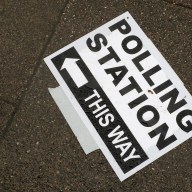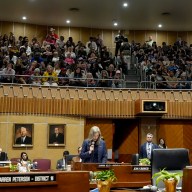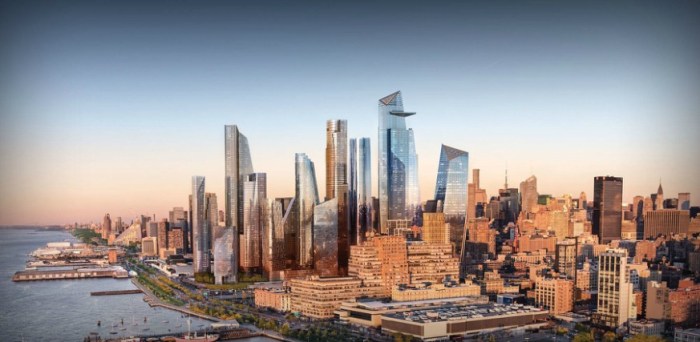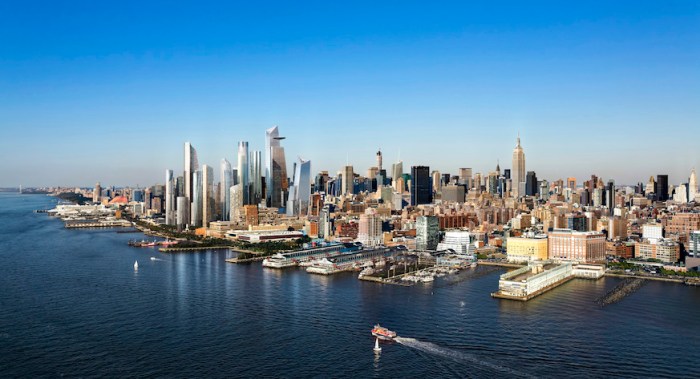NEW YORK (Reuters) – Hudson Yards, a $25 billion complex of skyscrapers, shops and attractions reshaping the skyline on Manhattan’s far west side, is throwing a coming-out party on Friday to mark the opening of New York City’s newest neighborhood.
With about a dozen glass-and-steel towers, a vertical shopping mall and a cultural center, the development has reimagined a neighborhood once dominated by rundown industrial buildings and auto repair shops as an architectural landmark.
The scale and ambition of the 28-acre project along the Hudson River are impressive, said Patrice Derrington, director of the Center for Urban Real Estate at Columbia University.
“This is how urban folk choose to live: a defined neighborhood that represents their values and aspirations, set in amongst others of a different identity,” Derrington said.
“Hudson Yards is creating a neighborhood – a mix of buildings for work, sleep and play. The heart of a new ‘village’ has been created,” she said.
Developers Related Companies and Oxford Properties said the project, which is more than half finished, includes 100 stores, 25 restaurants and a planned 4,000 residential units, in addition to 10.4 million sq feet (about one million sq meters) of office space. Tenants include luxury retailers Neiman Marcus, gourmet markets and world-class chefs such as Thomas Keller.
This being New York, the project is not without its critics, who have called it too glitzy, too commercial and too much a slap in the face to the city’s lower-income residents.
“Hudson Yards glorifies a kind of surface spectacle — as if the peak ambitions of city life were consuming luxury goods and enjoying a smooth, seductive, mindless materialism,” said Michael Kimmelman, architecture critic of the New York Times.
Of the residential, about one-tenth is affordable housing, Related spokesperson Jessica Scaperotti told Reuters.
HIGH LINE
Talks on the project began in the early 2000s soon after the collapse of a plan to develop the site with a stadium that would help anchor New York City’s failed bid for the 2012 Summer Olympics.
Framed by 30th and 34th Streets on the south and north and 10th and 12th Avenues on the east and west, Hudson Yards claimed one of the last large parcels of build-able space available in Manhattan above rail yards that remain active below.
The lynchpin of the development was an extension of the number 7 subway linking the neighborhood to Times Square and Grand Central Terminal. Opening four years ago, the line connects Hudson Yards with the city’s mass transit system.
“Because of the number 7 subway, the entire West Side today has become connected to the rest of the city, both the physical infrastructure and the economic life,” said Mitchell Moss, professor of urban planning at New York University.
Hudson Yards also serves as an entry point to the High Line elevated park, one of the city’s most popular attractions.
At the center of the development stands an interactive artwork called the Vessel, a honeycombed spiral staircase. The Shed, a 200,000-sq-foot structure with a retractable outer shell, has been designed to be a year-round performing arts and exhibition space.
Still to open in early 2020 is what developers are calling the highest outdoor observation desk in the Western hemisphere, a 7,500-square-foot deck that juts out of the 100th floor of 30 Hudson Yards.
(Reporting by Barbara Goldberg in New York; Additional reporting by Herbert Lash in New York; Editing by Frank McGurty and Sonya Hepinstall)
















